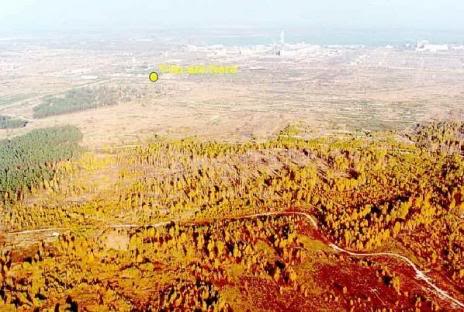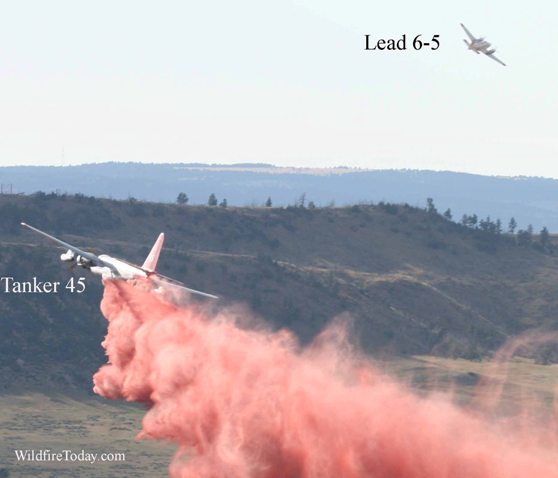Last month we wrote about the forest surrounding the Chernobyl nuclear reactor in the Ukraine; the reactor that melted down and burned April 26, 1986. The area is still heavily contaminated with nuclear radiation and the officials there have been contemplating how to mitigate the potential for a fire in the dead forest, killed by the melt down, which would release radioactive particles into the smoke and be carried downwind. They even consulted with an Oregon logger about options for harvesting the radioactive trees so that they could be used as fuel in what might be the world’s largest “closed loop” biomass plant, gasifying wood to create synthesis gas (or “syngas”) in order to generate electricity.
A new article in The Daily Climate looks more at the firefighting aspect, should a wildfire occur in the dead forest before any of it is harvested and removed. Here are some excerpts from the article:
****
“…A 2002 test fire offers insight on the scope of the radioactive risk. Set to assess plume and radionuclide behavior, the two-acre ground fire near the failed power plant released up to five percent of the cesium and strontium in the biomass. A high-intensity crown fire would release much higher amounts than burning needles and leaf litter, said Vasyl Yoschenko, who set the fire and heads the radioecological monitoring laboratory at the Ukrainian Institute of Agricultural Radiology. Other studies predict that the fine particles emitted from a forest fire could be transported hundreds of miles away.
[…]
After years of anxiety, the results of the study surprised [Chad Oliver, director of the Global Institute of Sustainable Forestry at Yale University, who has studied the region since 2005]. People living outside the exclusion zone would not have to be evacuated. There would be no cause for panic in Kiev, he said.
But the predictions for [Nikolay] Ossienko and his fellow firefighters are not so rosy. They would be exposed to radiation beyond all acceptable levels. In addition to “normal” external radiation, they would be inhaling radionuclides in the smoke they breathe – being irradiated both outside and inside.
On top of the significant health risks, these crews are utterly unequipped to fight large fires, Zibtsev said. At Ossienko’s fire station near the Belarus border, four well-maintained fire trucks gleam inside a shed, all ready to roll. But the fire lanes designed to get them to a blaze quickly are untended, often blocked by fallen trees and brush. Ossienko is proud of the Soviet tank modified for firefighting with a 20-foot blade like a gigantic pointed cow-catcher. He says it can “crush trees and brush – anything.” But reporting smokes by climbing fire towers is no one’s idea of an early-warning system, and the lone helicopter occasionally available lacks even a bucket for dropping water on a fire.”




